- Write by:
-
Tuesday, October 20, 2020 - 5:50:25 PM
-
614 Visit
-
Print
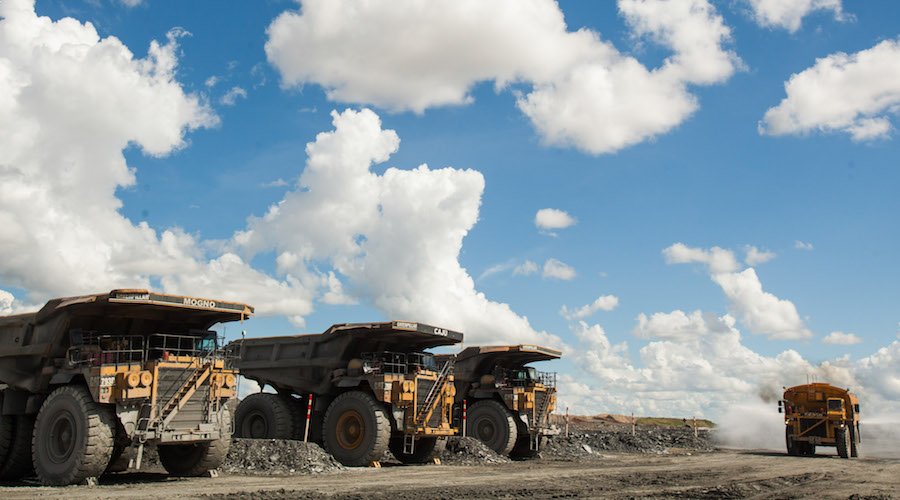
Mining News Pro - South African bullion producer Gold Fields could soon access 3.5 million ounces of extractable gold in northern Chile – if an operation to capture and relocate a population of critically endangered chinchillas living around the project proves successful.
Hunted for centuries for their thick, soft pelt, chinchillas are now only found in the wild in parts of Chile and are protected by law. Chief executive Nick Holland acknowledged in 2017 the animals were among the main obstacles facing the company at the Salares Norte asset.
Gold Fields’ environmental license for the gold-silver project depended on finding a way to move chinchillas. The Environmental Impact Assessment (EIA) for Salares Norte, approved in December last year, included a proposal to relocate the rodents about 4km away from the site.
Beginning in August, Gold Fields’ conservation operation is scheduled to last nine months. The company has invested $400,000 to date in the project, including various population surveys using satellite technology to ensure chinchilla survival.
“We use a trap that is baited inside and closes when the chinchilla enters,” Luis Ortega, a Chilean environmental manager who oversees the rodent removal, told Undark.org. “The entire process must be carried out for each of the nine rocky areas where the animals will be removed during the construction of the mine.”
Multiple rescue attempts
The government-approved process contemplates a minimum of two attempts to capture specimens on each rocky area, each lasting 10 days. If the task is unsuccessful, the operation must be suspended for 20 days before it is tried again, to minimize disturbance.
According to Gold Fields’ figures, the Salares Norte project’ mineral reserves are estimated to be 3.5 million ounces of gold and 39 million ounces of silver, equating to gold equivalent reserves of 4.1 million ounces.
The project has a current 10-year life-of-mine, or 11.5 years if inferred resources are considered. Construction was originally scheduled to start in the last quarter of 2020, with first production in Q1 2023. Coronavirus-related restrictions, however, have affected the timeline.
Chile’s gold production peaked in 2000 at 54.1 tonnes, data from the country’s copper commission, Cochilco, shows. The nation, the No.1 copper producer and second largest lithium producer after Australia, currently ranks 25th in the world when it comes to the yellow metal, according to the World Gold Council.
Short Link:
https://www.miningnews.ir/En/News/606386
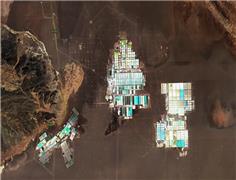
The four largest indigenous communities in Chile’s Atacama salt flat suspended dialogue with state-run copper giant ...
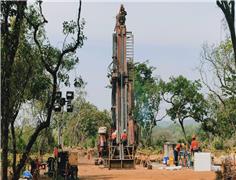
A prefeasibility study for Predictive Discovery’s (ASX: PDI) Bankan gold project in Guinea gives it a net present value ...

Representatives from the Peñas Negras Indigenous community, in northwestern Argentina, clashed with heavily armed police ...
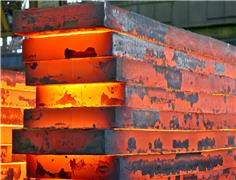
Iron ore futures prices drifted higher on Thursday as the latest soft data from top consumer China triggered renewed ...
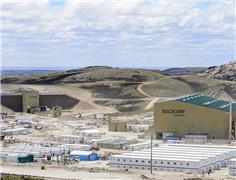
Newmont confirmed on Wednesday that two members of its workforce died this week at the Cerro Negro mine located in the ...
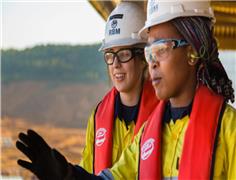
Rio Tinto said on Wednesday it is teaming up with a global venture studio and start-up investor to back the development ...

Chinese investors are snapping up stocks tied to high-flying metals from copper to gold, aiding an onshore market facing ...

Outflows from global physically backed gold exchange traded funds (ETFs) continued for a 10th month in March, but at a ...
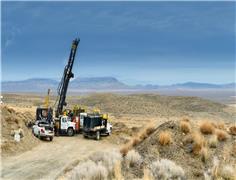
i-80 Gold fell by over 11% at market open Tuesday following its announcement of a C$100 million ($74m) public offering ...
No comments have been posted yet ...